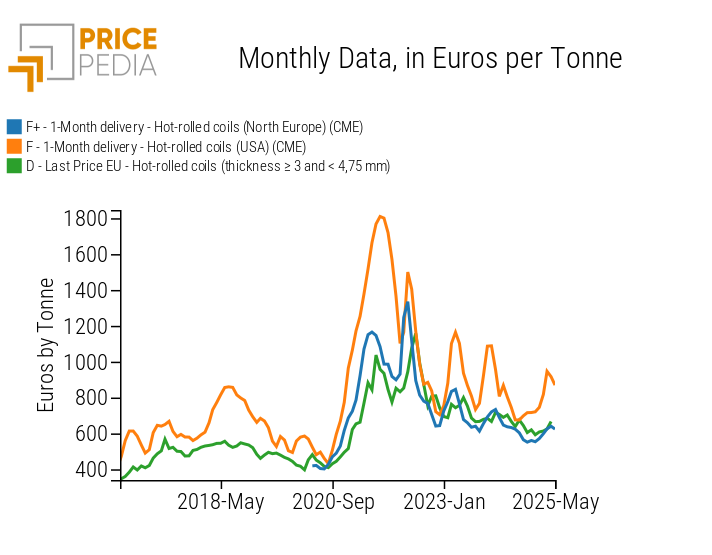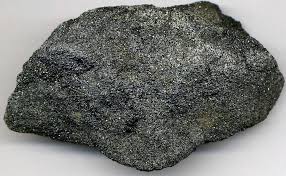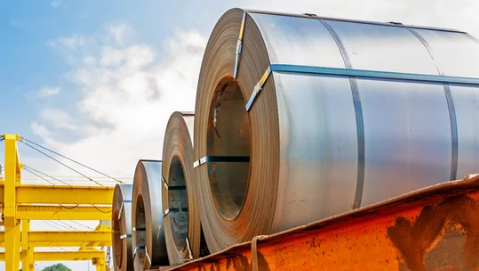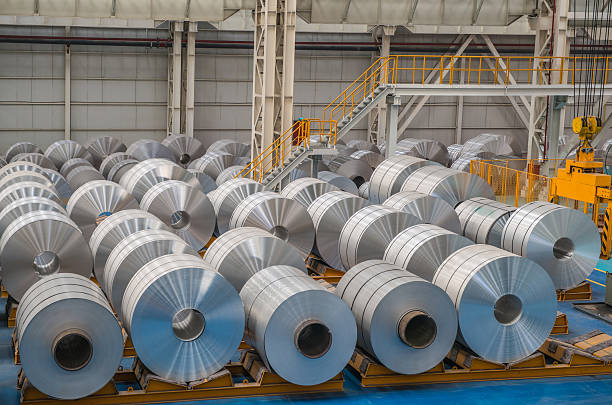Drivers of hot rolled coil prices in the 2025-2026 biennium
Why should the HRC price not deviate much from the average prices in 2024?
Published by Luca Sazzini. .
Ferrous Metals HRC Forecast
In the PricePedia scenario, updated monthly,[1] 2 financial HRC prices and 6 physical prices of hot-rolled coils are included, differentiated by thickness and by whether or not pickling is applied.[2]
The scenario published in May 2025 is characterized by substantial price stability for hot-rolled coils over the 2025–2026 period. This stability should be interpreted as the most likely outcome, although not a certain or highly probable one.
Indeed, there are alternative events which, although less likely, could cause significant changes in HRC prices.
In this article, we will first describe the baseline scenario expected for 2025–2026 and then analyze the main risk factors that could push prices higher or lower than those observed in 2024.
Price stability in 2025–2026
In the May 2025 PricePedia scenario, HRC prices remain at levels similar to those recorded in 2024. This stability is due to overall steady industrial demand, a balance between production capacity and plant utilization, and raw material costs that currently show no significant upward pressure.
The following table presents the PricePedia forecast scenario of the average price of unpickled hot-rolled coils
(calculated as the average of prices across different thicknesses) on the European customs market.
| Average European price of unpickled hot-rolled coils | ||||||||
| 2020 | 2021 | 2022 | 2023 | 2024 | 2025 | 2026 | ||
| Dollars/Ton | 507 | 945 | 935 | 773 | 707 | 714 | 735 | |
| Euros/Ton | 444 | 800 | 886 | 715 | 653 | 643 | 645 | |
The table analysis highlights a significant difference in forecast dynamics depending on the unit of measurement. Comparing the last historical year (2024) to 2026, the price of hot-rolled coils in dollars per ton is expected to increase by 4%, while the price in euros per ton is expected to remain almost unchanged, with a slight decrease of -1%.
The expected increase in HRC prices in dollars per ton is thus entirely due to the change in the dollar/euro exchange rate, projected to move from 1.08 in 2024 to 1.14 in 2026.
The price dynamics of average hot-rolled coils are reflected in the prices of the various types of coils available in the European customs market, all following a similar trend driven entirely by the benchmark itself. However, price level differences remain, due to different thicknesses and, above all, different degrees of product processing.
The following table shows the price differences compared to the benchmark, based on thickness and the presence or absence of pickling.
| Percentage difference between coil prices and the average price of unpickled coils | ||||||||
| Unpickled | Pickled | |||||||
| thickness < 3 mm | -1 | 13.1 | ||||||
| thickness ≥ 3 < 4.75 mm | -0.1 | 9.3 | ||||||
| thickness ≥ 4.75 ≤ 10 mm | 1.1 | 9.9 | ||||||
As expected, the price of pickled coils is always higher than the average price of unpickled ones.
However, the price difference varies significantly depending on coil thickness. Pickling thinner coils (thickness < 3 mm) costs at least 30% more than pickling thicker ones. This means that pickled coils with thickness below 3 mm tend to have the highest prices among all types considered, even though their unpickled base price is the lowest. Among unpickled coils, in fact, prices increase with greater thickness.
Do you want to stay up-to-date on commodity market trends?
Sign up for PricePedia newsletter: it's free!
Downside risks
The main elements that could drive prices below current levels include:
- Weaker-than-expected demand in key sectors such as automotive and construction;
- Increased Chinese exports to global markets other than the US, exerting downward pressure on international prices;
- Lower energy and raw material costs, particularly for iron ore and coking coal.
Upside risks
Factors that could push prices higher include:
- A faster-than-expected demand recovery in Europe, driven by new infrastructure plans or industrial incentives related to Germany’s development plan;
- Geopolitical tensions affecting the availability of raw materials and/or international logistics;
- Reactions of various countries to US tariffs;
- Changes in EU regulations.
Financial market volatility, with speculative movements on futures contracts, could also temporarily boost coil prices.
Below is a graphical comparison of financial coil prices, referring to both the European and US markets, and the corresponding physical price recorded at the customs of EU countries.
Historical series of financial and customs prices of hot-rolled coils

From the chart analysis, it appears that the US financial market price tends to influence the Northern European financial price, which in turn anticipates the trend in physical coil prices in Europe. This relationship is particularly evident in the price cycle between August 2020 and February 2022, and seems to be repeating in 2025, when the trend in the US financial price preceded both the rise in the European financial price and the corresponding physical price.
Summary
The 2025–2026 period is expected to be marked by significant stability in HRC prices. However, the market remains exposed to various risk factors, both upward and downward. Among the upward risks, it is worth highlighting the influence that financial markets have in anticipating possible future price increases. Expectations of future demand excess (or supply shortages) in the European market will thus be immediately reflected in price increases for European coils.
The presence of high risks, both upward and downward, suggests the need for continuous monitoring of these drivers to better manage purchasing and hedging strategies.
[1] In a forecasting scenario, updating forecasts monthly is essential to quickly react to possible changes in exogenous variables. For further details, see the article: The advantage of having timely updated forecasts.
[2] Pickling is the process of removing oxides and surface scales that form during the hot rolling of steel. This operation is necessary when aiming to improve the metal surface for further processing, such as galvanizing or cold rolling.


